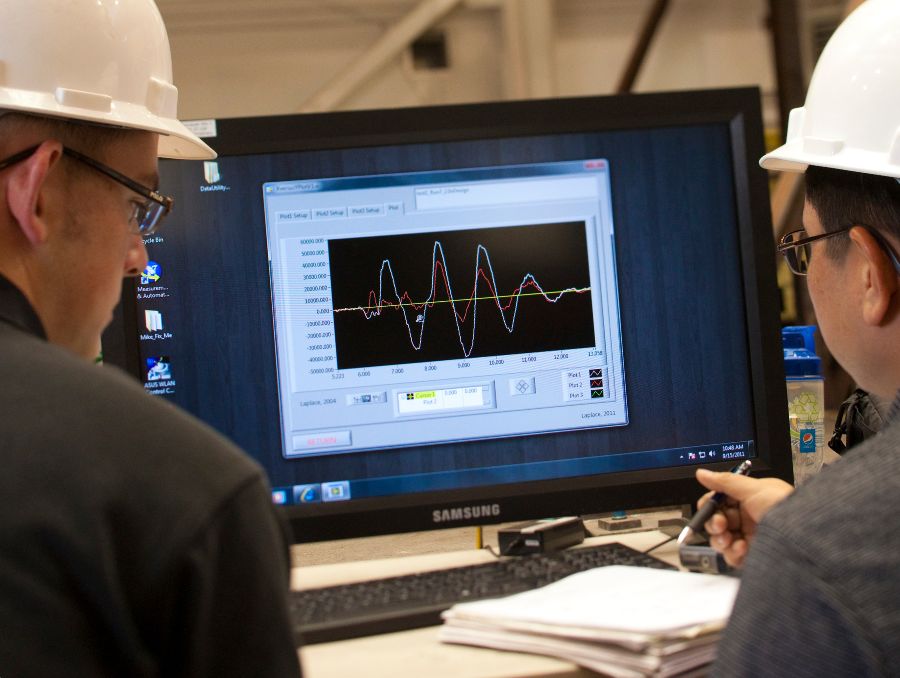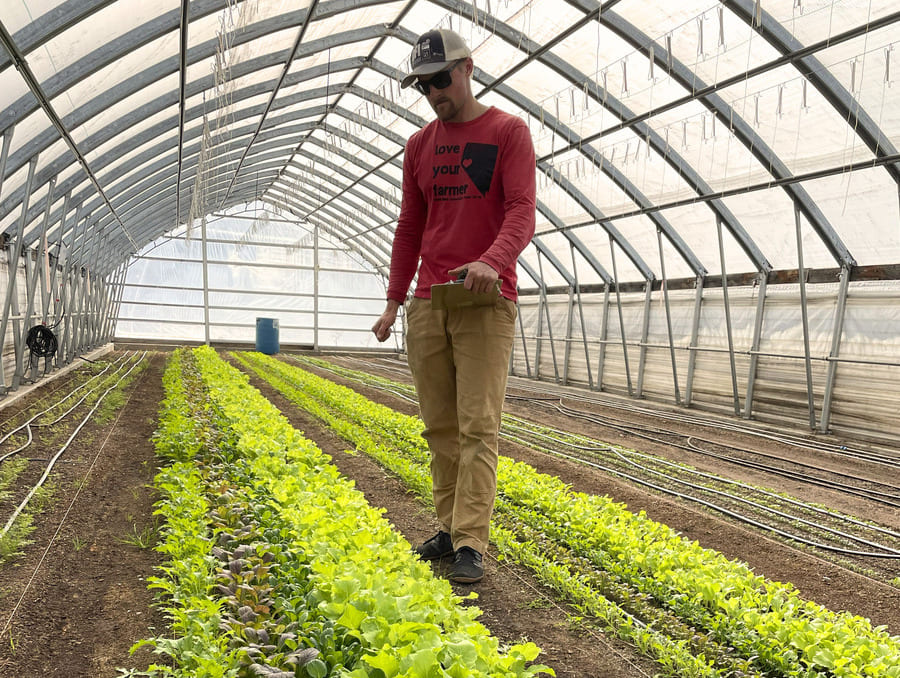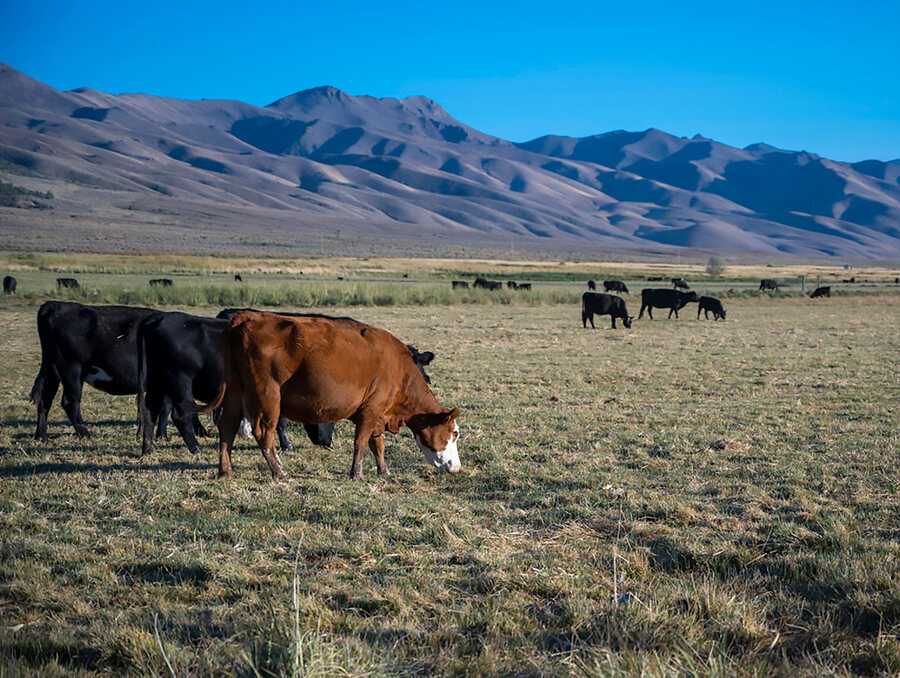A 3.6 magnitude earthquake hit northeast of Reno on Wednesday, Oct. 18. Minor earthquakes rarely cause damage, but would you have known what to do in the event of a larger earthquake?
The annual Great Nevada ShakeOut drill returns this Thursday, Oct. 19. The drill promotes earthquake preparedness and safety, and will happen at 10:19 a.m. The best way to prepare for an earthquake is to know how to react quickly.
To protect yourself during an earthquake, the Great Nevada ShakeOut recommends using the Drop, Cover, and Hold On method. “Drop” means dropping to your knees, “Cover” means protecting your head and neck with one arm and bend over to protect your stomach and chest and taking cover beneath a table or desk, and “Hold On” means finding a sturdy object, like a table leg, to hold on to.
“Holding onto the object you are using for cover can prevent it from moving away as the ground is shaking, leaving you uncovered,” Kyren Bogolub, network seismologist with the Nevada Seismological Laboratory, said.
If you’re unable to find something to take cover under, get close to an interior wall and protect your head and neck with both arms. If you use a wheelchair or walker, lock the wheels or set the brake and bend over and cover your head and neck with your arms and hands. Holding a book or other object over your head to protect it is also an option.
Practicing the drill can help to quicken reaction times when an earthquake is happening. Additional steps to take to prepare for an earthquake include identifying and securing items in your home or office that could be shaken off the walls or ceilings, preparing a disaster kit, having a plan for reuniting with family and identifying a space’s earthquake weaknesses will mitigate hazards. Standing in a doorway is not recommended.
At the University of Nevada, Reno, the University Police Services will activate the University emergency alert system. The features of this system may include:
- An outdoor, on-campus notification system. This platform will produce an audible alert, tone, or siren and may be followed by a spoken notification on the main Reno campus only. In the event of an emergency, this platform will be used to notify you of the event and give instructions. In the event of an emergency alert, you should seek shelter in a safe location and monitor media reports, e-mails, computer monitor screens and emergency texts.
- SMS text and/or e-mail alert.
- Posts to the University Twitter page, University Facebook page and Police Services Facebook page.
- A scrolling banner on all on-campus public monitors and computers university-wide.
- An emergency information banner on the University’s main website.
- A voice notification of the test on AM radio station 1670. You are encouraged to pre-program 1670 AM (which broadcasts in the Reno area) on your car and other radios. This station is administered by University Police Services and is one of the platforms the University will use in a large-scale emergency to provide information about an event as well as institutional closures.
- All registered students, faculty and staff will receive a text message and email about the earthquake drill and what to do.
More information about the Great Nevada ShakeOut drill, including resources to share in classrooms, is available at the Great ShakeOut website.
As massive earthquakes rocked Turkey and Morocco earlier this year, and a slew of seismic activity continues to impact Afghanistan, the specter of earthquakes has been at the forefront of peoples’ minds.
“It’s important to remember that Nevada is earthquake country, despite Alaska and California getting a lot of attention” said Bill Savran, the Network Manager for the Nevada Seismological Laboratory. "It’s important to have a plan for when the 'big one' hits."
Though it’s been nearly 20 years since Nevada has had a significantly damaging earthquake, Nevada is one of the most seismically active states, with a small cluster of earthquakes happening near the Spanish Springs neighborhood over the past week alone.
Over 590,000 Nevadans are registered to participate in the Great Nevada ShakeOut drill, and over 52.8 million people are registered worldwide. Registration is available at the Great ShakeOut website and is quick and easy to fill out.















